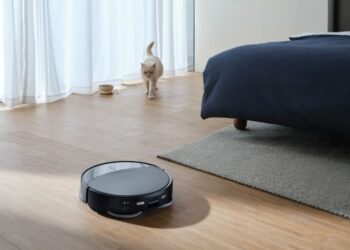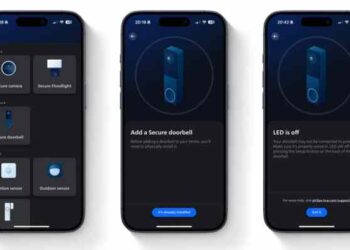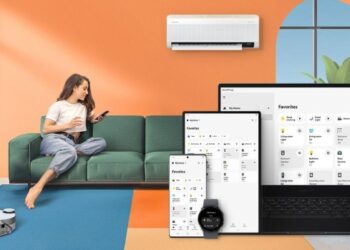The Data-Hungry World of Smart Home Devices: A Deep Dive
As technology evolves, smart home devices are becoming increasingly integrated into our lives, offering convenience and efficiency. However, this innovation comes at a cost—data collection. A recent analysis by Surfshark has shed light on which smart home devices are the most data-hungry, revealing the extent to which they collect user information.
Understanding Data Collection
Categories of Data Points
The analysis categorizes the 32 potential data points that smart home apps can collect into two main groups:
-
Linked Data: This type of information is directly tied to the user’s identity. It includes identifiable details like names, phone numbers, location data, and other personal identifiers.
ADVERTISEMENT - Non-Linked Data: In contrast, this category comprises information that does not identify the user personally. It includes general usage statistics of the app and behavior analytics.
The Leaders in Data Collection
Amazon’s Echo: The Most Data-Hungry Device
Amazon’s Echo device stands out as the most voracious data collector in the smart home landscape. According to Surfshark’s research, the Amazon app collects data across 28 out of the possible 32 metrics. This extensive data collection includes sensitive categories such as health data and detailed search history. With the Echo device permeating households worldwide, the implications of such data collection practices raise significant privacy concerns.
Google Home: A Close Second
Following closely behind is the Google Home app, which collects a substantial array of data points linked directly to the user’s identity. Notable among the information gathered are photos, videos, audio recordings, and browsing history. Given Google’s expansive ecosystem, the data harvested through the Google Home app feeds into its larger marketing and analytics machinery, enhancing its ability to target users with precision.
The Surprising Contender: Keurig’s Coffee Machine App
Perhaps the most unexpected entry in the list of data-hungry devices is Keurig’s coffee machine app. In total, this app collects 19 data points, including eight that enable tracking across third-party networks. Besides serving coffee enthusiasts, this app also incorporates an online shopping function, which accounts for some of its data collection metrics. This diversification shows how even seemingly innocuous devices can participate in the broader data economy.
Security Applications: Lorex, Deep Sentinel, and Ring
When it comes to security and surveillance, applications such as Lorex, Deep Sentinel, and Ring allow users to monitor and control security camera footage remotely. While these apps enhance home safety, they also engage in significant data collection. Understanding what data these applications gather is essential for users who wish to maintain their privacy while ensuring their homes are secure.
Smart Home Management: Nest Labs and LG Electronics
Apps like Nest Labs and those from LG Electronics provide users with capabilities to manage various smart home appliances, including thermostats and doorbells. These applications not only optimize home energy consumption and security but also collect valuable data that can enhance user experience. The balance between convenience and privacy in such applications remains a critical discussion point, as consumers weigh their options.
The Implications of Data Collection
The growing tendency for smart devices to monitor and gather personal information illuminates an essential conversation about consumer privacy rights. Understanding which data is collected and for what purpose is vital. Many companies track app usage for several reasons, including targeted advertising and sharing data with third parties or data brokers. As smart home technology proliferates, transparency regarding data practices becomes imperative for user trust and safety.
This analysis serves as a critical reminder of the trade-offs involved in embracing smart technology.






